Hot rolled sheet products
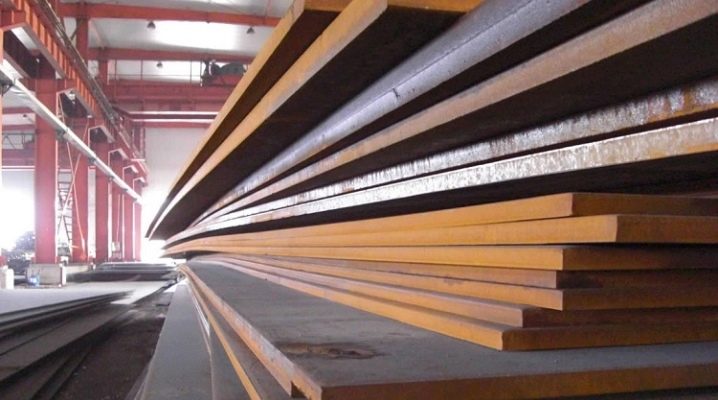
Hot-rolled sheet metal is a fairly popular metallurgical product with its own special assortment. When buying it, you should definitely understand the differences from cold-rolled metal sheets made of C245 metal and other brands. This will allow you to determine which is better in a particular case: cold or still hot metal.


Features of production
Already from the name it is obvious that hot-rolled sheet products are created at high metal heating... Its temperature needs to be raised up to at least 920 degrees. Then the workpieces are sent to the rolling mills, where plastic deformation is provided due to the run in the gap between the rolls. For processing, steel S245 and other alloys can be used at the choice of technologists. Rolling mills can produce:
- slab;
- sheet;
- strip (then rolled into rolls) metal.
Coming out of the rolls, the rolled metal is exposed to the impact of roller tables, coilers for rolling into rolls, roll unwinding systems, it is cut, straightened, and so on. But the initial stage is heating in special furnaces (where slabs are fed using separate mechanisms). Rolling after delivery of the heated metal to the functional stand takes place repeatedly. In some purlins, the slab can be fed laterally or at a certain angle. The so-called straightening machine is responsible for the straightening.
Additionally, you can practice:
- cooling in special refrigerators;
- quality control;
- markup for further processing;
- trimming edges and edges;
- cutting into sheets with specified dimensions;
- auxiliary cold rolling (to improve smoothness and improve mechanical parameters).
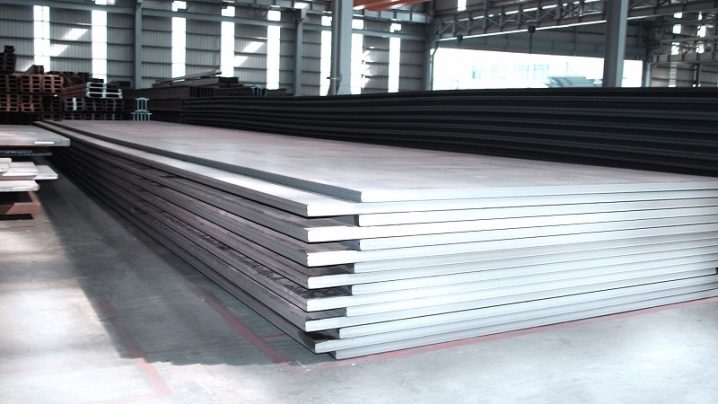
In some cases, steel is galvanized and coated with polymers. In general, hot rolling is much more common than cold working. This method of manipulation makes it possible to more effectively cope with the structural heterogeneity and ambiguous distribution of substances in the thickness of the material. Roll sheets are supposed to be evenly cut in length and width, the absence of burrs and cracks, cavities and slag inclusions must be controlled. Also, the presence of:
- sunsets of the surface;
- bubbles;
- rolled scale;
- bundles.
Advanced businesses use continuous broad rolling mills... The mills are supplemented with automatic control systems. The slabs stop exactly opposite the filling holes, because special signaling machines are responsible for this. The warm-up procedure can take several hours, and it is no less responsible than rolling itself. On the roughing group of stands:
- scale breaks;
- initial rolling is in progress;
- the sidewalls are compressed to the required width.
Flying shears are the most important part of the finishing mill group. It is on them that the beginning and end of the strip are cut. After finishing processing on this group of machines, the workpieces are further transported using the output roller table.
Accelerated heat dissipation is provided by water supply. Coils of different thicknesses are wound on different coilers.
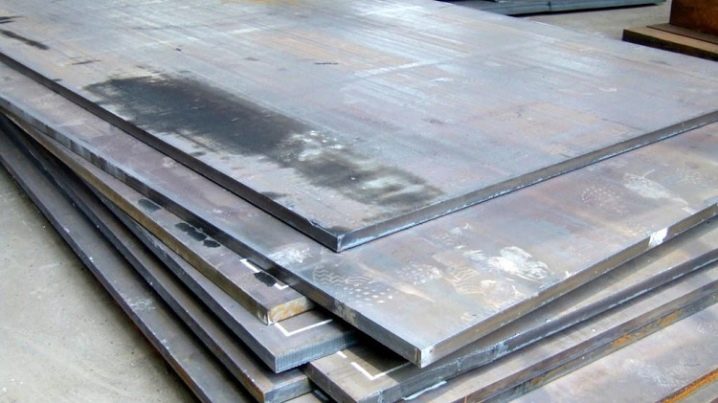
Assortment
The type designation and classification of sheet products must comply with the requirements of GOST 19904 of 1974. Typical sheet thicknesses can be (in millimeters):
- 0,4;
- 0,5;
- 0,55;
- 0,6;
- 1;
- 1,8;
- 2;
- 2,2;
- 3;
- 3,2;
- 4,5;
- 6;
- 7,5;
- 8;
- 9;
- 9,5;
- 10;
- 11;
- 14 mm.


There are also thicker foods:
- 20;
- 21,5;
- 26;
- 52;
- 87;
- 95;
- 125;
- 160 mm.
Thin hot-rolled sheets are usually made of reinforced metal.For the manufacture of boilers and other pressure vessels, low-alloy, carbon and alloy steels are used. Additionally, there are:
- sheets for cold stamping;
- steel for shipbuilding;
- structural alloy with a low level of alloying for the construction of bridges;
- high and standard precision sheets;
- metal of the highest and highest flatness;
- improved flatness sheet;
- steel with normal flatness;
- products with cut or unedged edge.
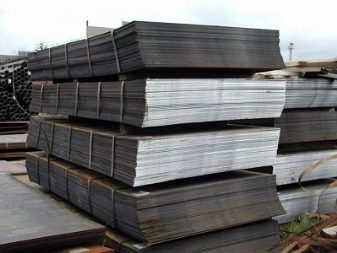
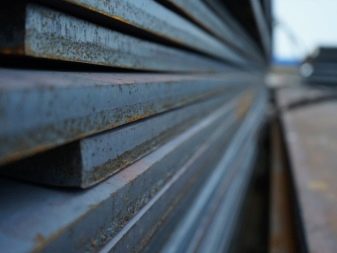
Comparison with cold rolled sheets
Hot rolled metal sheets are mainly used not by themselves, but for further processing and application in selected industries. Their characteristics are very attractive for:
- general mechanical engineering;
- production of wagons;
- construction of cars and special equipment (a noticeable share of metals for which it is hot rolled products);
- shipbuilding;
- production of consumer goods.
There can be serious differences between specific brands of rental. They have certain chemical and physical properties in accordance with the purposes of use and operating conditions. Hot steel is better than cold steel: it is cheaper. The thickness of the hot rolled metal can be 160 mm, but cold processing does not allow obtaining a layer thicker than 5 mm.
Precision rolling is the main problem with hot steel sheets. It is associated with the inhomogeneity of heating over the area, as well as with difficulties in heat dissipation and other difficulties. But these problems are guaranteed to fade in the face of the cost advantage. It allows you to implement full-scale projects without incurring high costs.
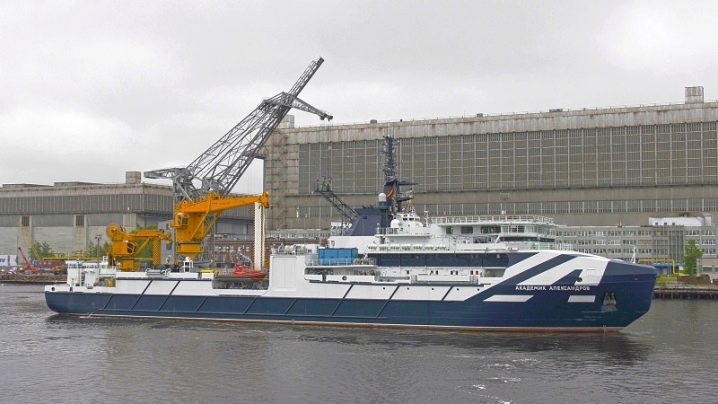
The advantages of such a metallurgical product are also:
- suitability for further stamping;
- a decent level of welding qualities;
- excellent mechanical strength;
- resistance to dissimilar loads;
- low susceptibility to wear;
- long period of operation (subject to careful treatment with anti-corrosion compounds).
As the metal is passed through the rolls, it gradually becomes thinner and thinner. Additionally, it becomes possible to give the surface a different geometric configuration. Profiled sheets are released onto the roofing materials. Machine builders are more likely to buy flat sheets if there is no particular preference. The steel grade for rolling is chosen taking into account the required ductility, strength and other factors.
Alloys St3 and 09G2S are in demand. They are suitable for the production of general-purpose rolled metal products. For work with carbonaceous and lightly alloyed raw materials, the standards apply GOST 11903 of 1974. This standard provides for a layer thickness of 0.5 to 160 mm. If it is planned to produce rolled products from a high-quality structural alloy, it is advisable to follow the standards of GOST 1577 of 1993. No heat treatment is required for a relatively thin product. The 1980 standard prescribes norms for the production of particularly durable rolled products. The thickness of such a product does not exceed 4 mm.
The default width is limited to 50 cm. However, an agreement between the manufacturer and the consumer allows this figure to be changed. Alloys 09G2S, 14G2, as well as 16GS, 17GS and a number of other options can be used.
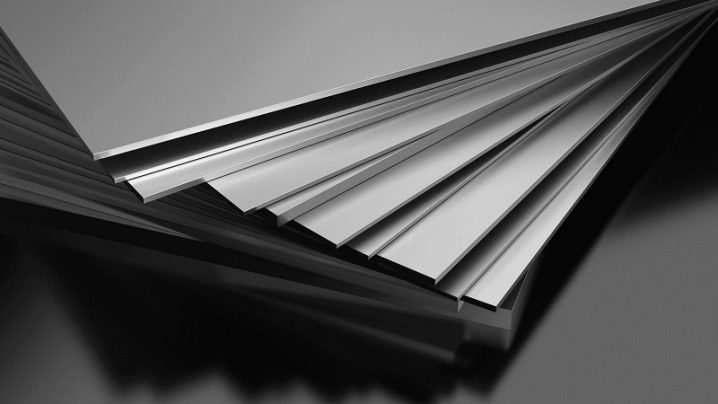













The comment was sent successfully.